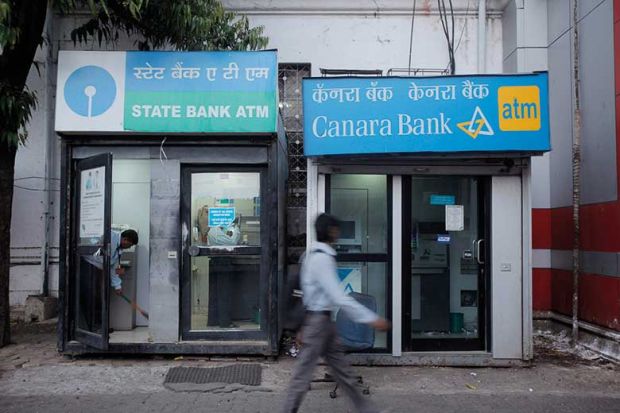Indians value education greatly and most believe that a college degree provides the ticket to a more prosperous life. But while a degree is usually a necessary condition for a prosperous adulthood in India, it is certainly not sufficient.
A growing number of young Indians with college degrees face unemployment or underemployment because of the substandard quality of education that they receive, and the lack of opportunities. There is even talk that India’s aspirational young generation, particularly men, may become a threat to social harmony and peace in the country if those aspirations are thwarted.
India has a huge college-age population: half of its 1.3 billion people are under 25 years of age, and the gross enrolment ratio into higher education has increased from 19.4 per cent in 2010 to 25.8 per cent today. Student numbers now stand at 36.6 million: more than the entire population of Canada. But the government’s inability to build sufficient numbers of institutions to keep up with the demand means that among India’s 903 universities, 39,050 colleges and 10,011 other kinds of degree-awarding institutions, the proportion of relatively expensive private institutions has increased substantially and now stands at 78 per cent of the total number of colleges, enrolling 67 per cent of all students – up from 61 per cent in 2010.
Student loans started to become common from the early 2000s, when the government recognised that college degrees were becoming unaffordable for many young people – and for their parents, who typically pay the bills. The politicians therefore pushed public sector banks to offer loans to those who needed them to earn a college degree.
The terms and conditions for student loans are reasonable enough from the perspective of the borrowers. There is no security requirement for loans of up to Rs 4 lakhs (£4,200), which are the most common. For amounts between Rs 4 and 7.5 lakhs, banks seek third-party guarantee (usually from family members). Only for loans of more than Rs 7.5 lakhs must the borrower – or, more likely, their parents – provide tangible collateral security.
Education loans are interest-free for the duration of the course, plus one extra year. However, after that, the interest rates are high by international standards. The State Bank of India, the leading public sector bank, currently charges 10.25 per cent interest, rising to 10.5 per cent for loans above Rs 7.5 lakhs. Students at premier institutions such as the Indian Institutes of Technology and the Indian Institutes of Management – who are more likely to become employed immediately after graduation – are charged slightly lower interest rates.
Indian parents are not averse to borrowing for education; indeed, one study found that more than 71 per cent of parents are willing to go into debt to finance college education for their children. As a result, the education loan market has grown to an estimated Rs 82,600 crores (£8.7 billion).
But education loans have become the fastest-growing non-performing assets in India’s banking system. In recent years, the proportion of such loans that are not repaid on the agreed terms has risen significantly, from 7.3 per cent in March 2016 to just under 9 per cent in March 2018.
This reflects the fact that while the overall employability rate among college graduates is improving, most are still failing to fulfil their career ambitions. Those who seek a job get a job; however, they typically do not get the job that they were looking for – or studied for – nor the wage they aspired to earn. As a result, there has been an increase in voluntary unemployment.
The consequences of student debt and unemployment, voluntary or not, are still unclear. But if the predictions of growing inter-ethnic unrest and violence among young people prove to be accurate then India will pay a high price indeed for its chronic failure to invest enough in its higher education system – and to make best use of the graduates, however imperfect, that it produces.
Pushkar is director of The International Centre Goa.
后记
Print headline: Don’t bank just on a degree




